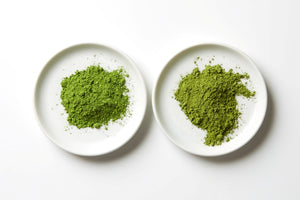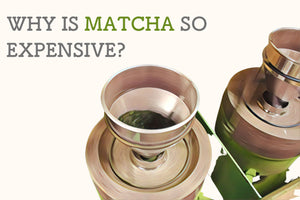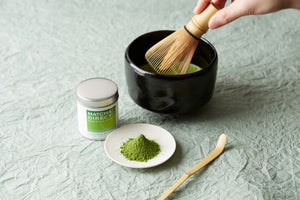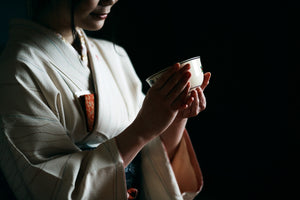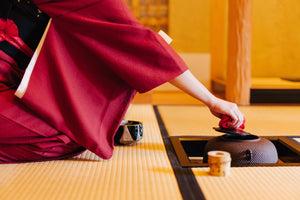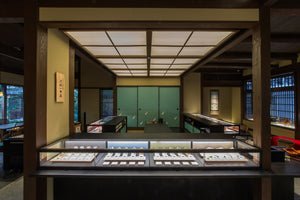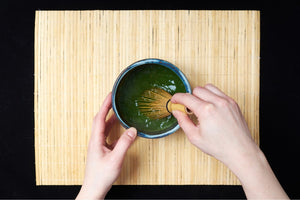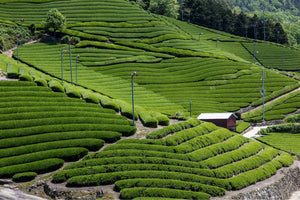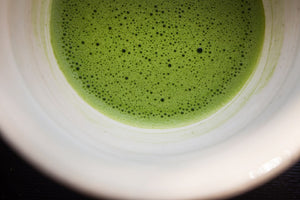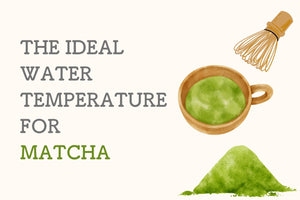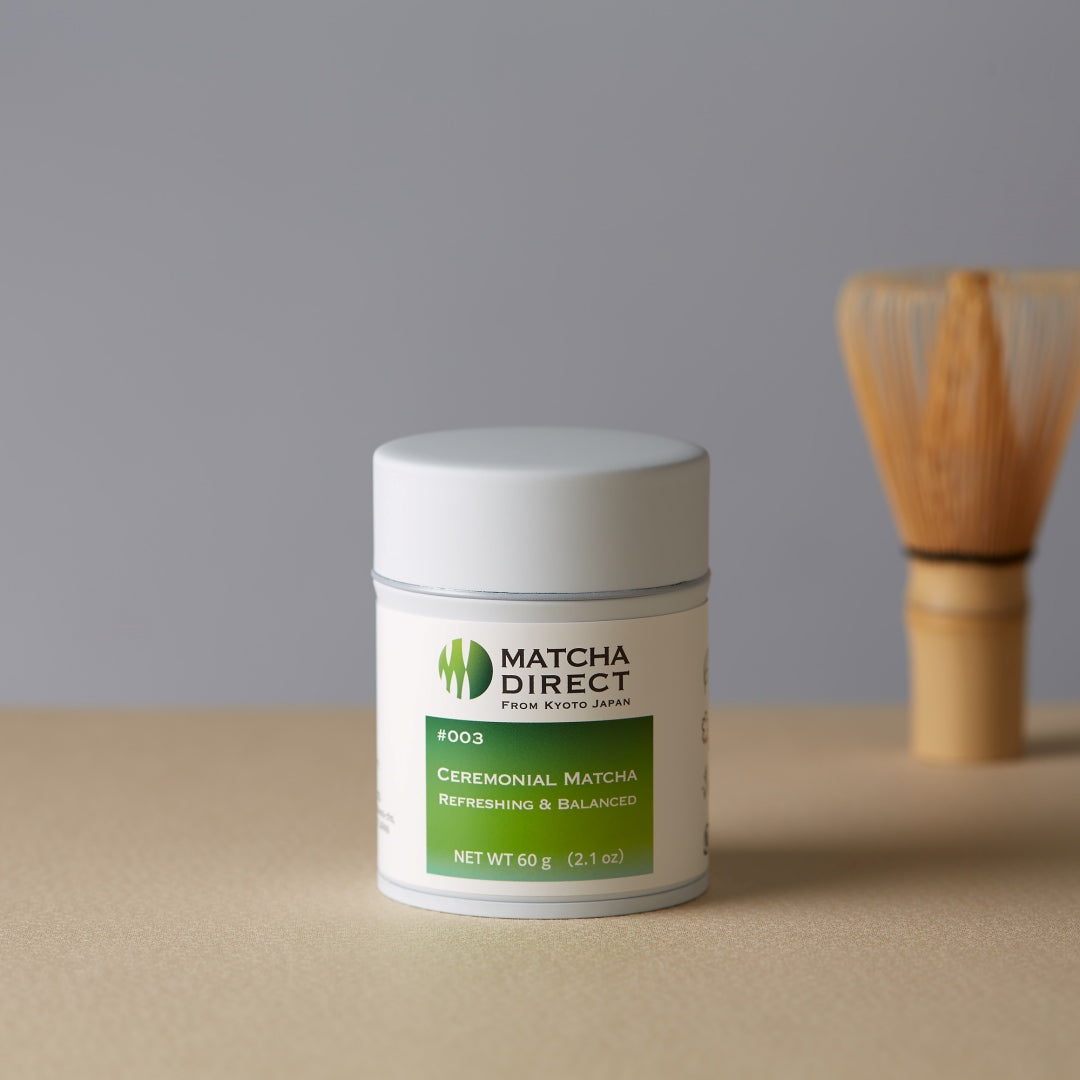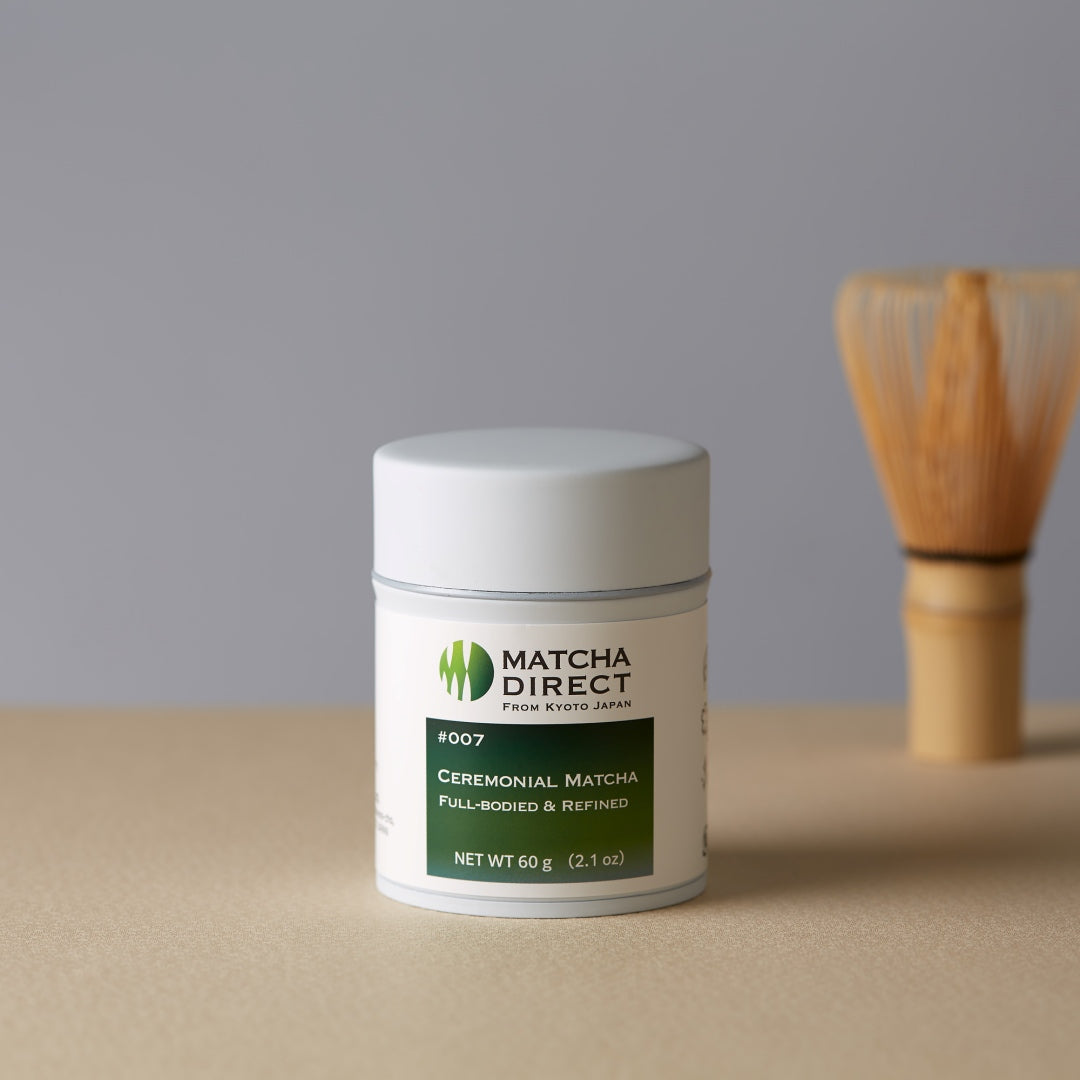Do You Know the Difference Between “Koicha” and “Usucha”?
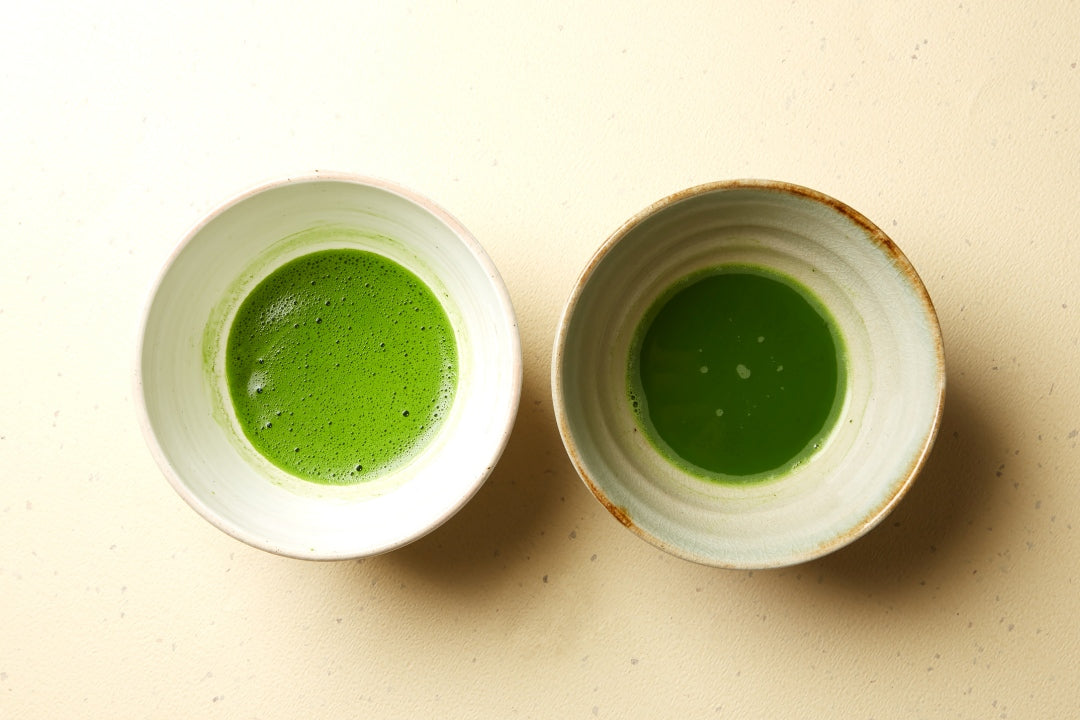
Did you know that there are two types of matcha?
Usucha (thin tea) and Koicha (thick tea).
While both are undoubtedly matcha, what exactly distinguishes them?
Many people imagine matcha as a foamy green liquid served in a bowl accompanied by Japanese sweets.
Officially, this is called "Usucha."
So, what about "Koicha"?
Koicha might be unfamiliar to many, so let's summarize the differences between Usucha and Koicha in an easy-to-understand way.
Koicha and Usucha in the Tea Ceremony
In the tea ceremony, there are "tea gatherings" (chakai) and "tea events" (chaji).
Those who have experienced the tea ceremony may know the flow: after eating Japanese sweets, the host prepares matcha, which the guests drink while discussing the name of the matcha and the tea bowl.
This is called a "chakai," and it can involve either individual bowls of Usucha or shared bowls of Koicha.
So, what is a "chaji"? A chaji is a full course of tea, including a chakai and meals (kaiseki), lasting about four hours.
Both Koicha chakai and Usucha chakai are included in a chaji. In fact, eating sweets followed by drinking matcha prepared by the host is just a small practice of a chaji.

Differences Between Koicha and Usucha in Chakai
A Koicha chakai is more formal and represents the highest level of hospitality.
Therefore, plain, high-grade tea bowls are used, and unnecessary conversation is prohibited.
On the other hand, in an Usucha chakai, you can use tea bowls with designs and enjoy casual conversations about the sweets and tea bowls.
The main purpose of a chaji is to enjoy Koicha.
The host learns the art of hospitality over many years to prepare a perfect bowl of Koicha.
To fully savor the main Koicha, there is Usucha, kaiseki meals, and enjoyment of the garden, hanging scrolls, and flowers. A chaji is a comprehensive cultural experience centered around Koicha.
Specific Differences Between Koicha and Usucha in Matcha
So, what are the specific differences between Koicha and Usucha as matcha?
Let's explain in detail by category.
1. Difference in Intensity
As mentioned at the beginning, the terms "thick" and "thin" indicate the difference in intensity. Depending on the tea school, the amount of matcha used for Koicha is roughly double that of Usucha, with slightly less hot water.
Usucha is whisked with a bamboo whisk (chasen), but Koicha, being more viscous, is "kneaded."
The use of different terms for making matcha reflects the nuanced nature of the Japanese language.
2. Difference in Quality
It's easy to assume that the only difference between Koicha and Usucha is the amount of matcha, but in fact, there are specific matcha types for Koicha and Usucha.
Koicha uses more matcha, which can lead to bitterness. Therefore, Koicha matcha is of higher quality, with less bitterness and more umami and sweetness, making it more expensive.
Using Koicha matcha for Usucha results in a delicious tea, but using Usucha matcha for Koicha can make it bitter and less palatable.
Generally, matcha with "mukashi(昔)" in its name is for Koicha, and matcha with "shiro(白)" is for Usucha.

3. Differences in Chasen
Chasen, the tool necessary for making matcha, also differs between Koicha and Usucha.
The chasen, made from bamboo, is crafted using delicate and traditional Japanese techniques where a single piece of bamboo is split to create the whisk's tines.
Chasen for Koicha have fewer tines, while chasen for usucha have more tines.
A chasen with 60-70 tines is considered intermediate; generally, fewer tines are for Koicha, and more tines are for Usucha.
A chasen with around 120 tines makes it easier to incorporate air and create foam when preparing Usucha. Different schools of tea ceremony may have preferences for the amount of foam, so it is best to choose a chasen recommended by your school when making a purchase.

4. Differences in Tea Bowls
As previously mentioned, Koicha is considered more formal than Usucha, and thus higher-grade tea bowls are used.
In the tea ceremony, the most prestigious tea bowls are ranked as "Ichiraku, Nihagi, Sankaratsu," which translates to "First: Raku ware from Kyoto, Second: Hagi ware from Yamaguchi, and Third: Karatsu ware from Saga."
Raku tea bowls, for example, have a wider bottom, making it easier to knead Koicha. Additionally, they are hand-shaped rather than potter's wheel, giving them a warm, comfortable feel in the hand.
Summary
Let's summarize the differences between Koicha and Usucha:
- Koicha is more formal than Usucha.
- Koicha uses higher quality and more expensive matcha and tea bowls.
- The main purpose of a chaji is to savor Koicha.
- Usucha is more casual than Koicha.
- "Neru" (knead) is used for Koicha, while "tateru" (whisk) is used for Usucha.
For those unfamiliar with the tea ceremony, the differences between Usucha and Koicha might be hard to grasp. The world of tea ceremony is a condensed form of Japanese culture, rich and profound.
However, nowadays, you can enjoy matcha casually, even at cafes. Matcha lattes, which mix strong matcha with milk, are also popular.
As someone who practices the tea ceremony, I look forward to the changing sweets and tea bowls with the seasons. Spending time in a tea room, focusing on the movements, the sound of boiling water, and the aroma of tea, is a precious experience in today's busy world.
Matcha contains L-theanine, which has a relaxing effect, and focusing on making tea is a form of mindfulness.
Enjoying a bowl of tea in a quiet tea room is a wonderful experience.
I hope you develop an interest in Japan's beautiful tea culture and start by enjoying matcha at home.
We offer a variety of delicious and fresh matcha.

